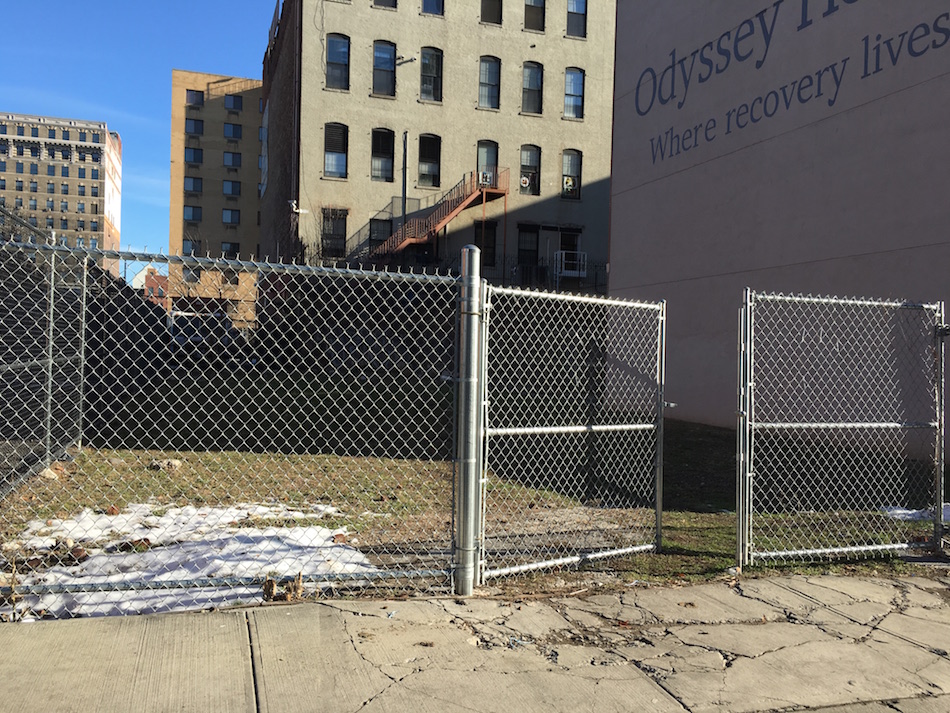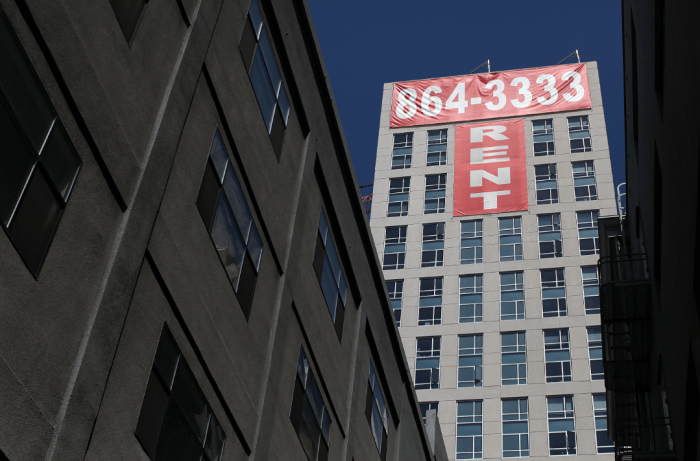With the issue of being able to afford a place to live lingering in the mind of many New Yorkers, a new report has shows that the problem isn’t that there isn’t any room to build.
City Comptroller Scott Stringer released an audit on Thursday revealing that New York City owns more than 1,100 vacant properties through the city, which could be used to construct about 57,000 units of permanent affordable housing. RELATED:These are the most crowded areas in New York City The audit examines properties managed by the city’s Housing Preservation and Development and other agencies from June 2014 and September 2015 and breaks down the sites by boroughs.
“When the city owns property, we get to call the shots about how land is developed and for whom, which is why these properties are so valuable,” Stringer said. “If we want to give every New Yorker a fair and fighting chance to make it in the city, we need to use every tool in our toolbox to create and preserve truly affordable housing.” In 2014, Stringer released a report that should the city lost more than 400,000 apartments, which had rents of $1,000 or less and more than half of New Yorkers spend over one third of their income on rent. According to the audit, as of last September the city identified 1,131 vacant lots that it owned across the five boroughs that could have been used for affordable housing. Out of 992 of those properties that have known acquirement dates 231 had been left vacant by the city for 40 to 50 years, 513 left vacant for 30 to 29 years, 170 for 20 to 29 years, 46 for 10 to 19 years and 32 between 0 to 9 years. Brooklyn is home to 556 of the vacant properties, while Queens has 363 properties, the Bronx has 112 properties, Manhattan has 98 properties and Staten Island has 2 vacant lots.
An extra 340 lots were under jurisdiction of other city agencies such as the NYPD, NYCHA and Department of Citywide Administrative Services.
“With thousands of vacant and tax-delinquent sites across the city, we need to find innovative ways to rid our communities of blighted properties and replace them with housing for all families,” Stringer said. Responding to the findings of the audit, Stringer also released a report calling on the city to create a land bank — a new government-created nonprofit entity which would help ensure a focused effort on developing permanent affordable housing throughout the city. New York State currently has 10 operating land banks. Under this new plan, the city would transfer property to a land bank that would be ‘seeded’ with city-owned vacant land that would be developed into affordable housing. The entity would then put together a package of grants and identify a developer to partner with — in most cases a nonprofit. Instead of selling the land to the developer the land bank would enter into a long-term lease, giving the city the ability to enforce affordability and make sure it is permanent. The land bank would also target some vacant properties which have failed to pay taxes for multiple years. RELATED:NYC apartments could get even smaller Through the land bank, more than 57,000 units of permanently affordable units could be constructed through the city, according to Stringer.
“If we learned anything from the 1970s in New York City, it’s that if you want to reclaim your community, you have to take control of vacant land and build affordable housing,” he said. “A land bank will not solve our affordable housing crisis, but it can provide a focus for the City to transform long-vacant and tax delinquent properties into critical affordable housing units that will be around for generations.”
Audit shows NYC has over 1,100 vacant lots that can be used for affordable housing

City Comptroller’s Office


















